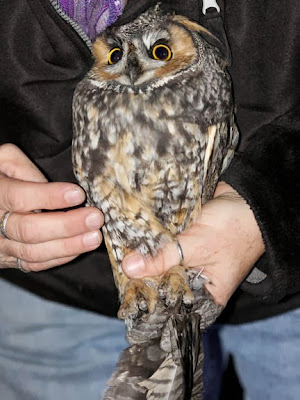There are a number of species of birds around the world that have names that are difficult to pronounce and spell but the pyrrhuloxia has to be near the top of the list. The name is actually a combination of two genus names Pyrrhula, which roughly means flame-colored, and Loxia, which roughly means crooked. The name refers to the red color primarily on the males and the crooked shape of the beak.
The pyrrhuloxia is a relative of the northern cardinal. They are year round inhabitants of the deserts and scrublands of the extreme south western United States and Mexico. They are omnivorous who typically forage on the ground for seeds, grasses, and insects. They will also feed on cactus blooms and fruit. Most of the moisture that they need comes from the foods that they eat.







































